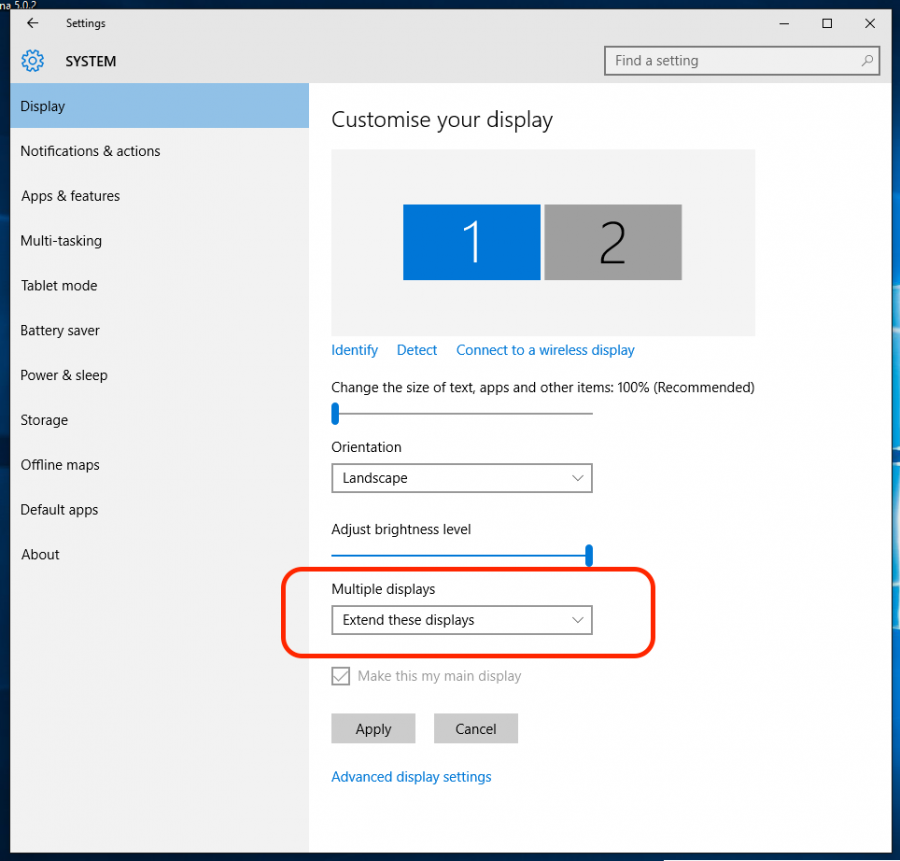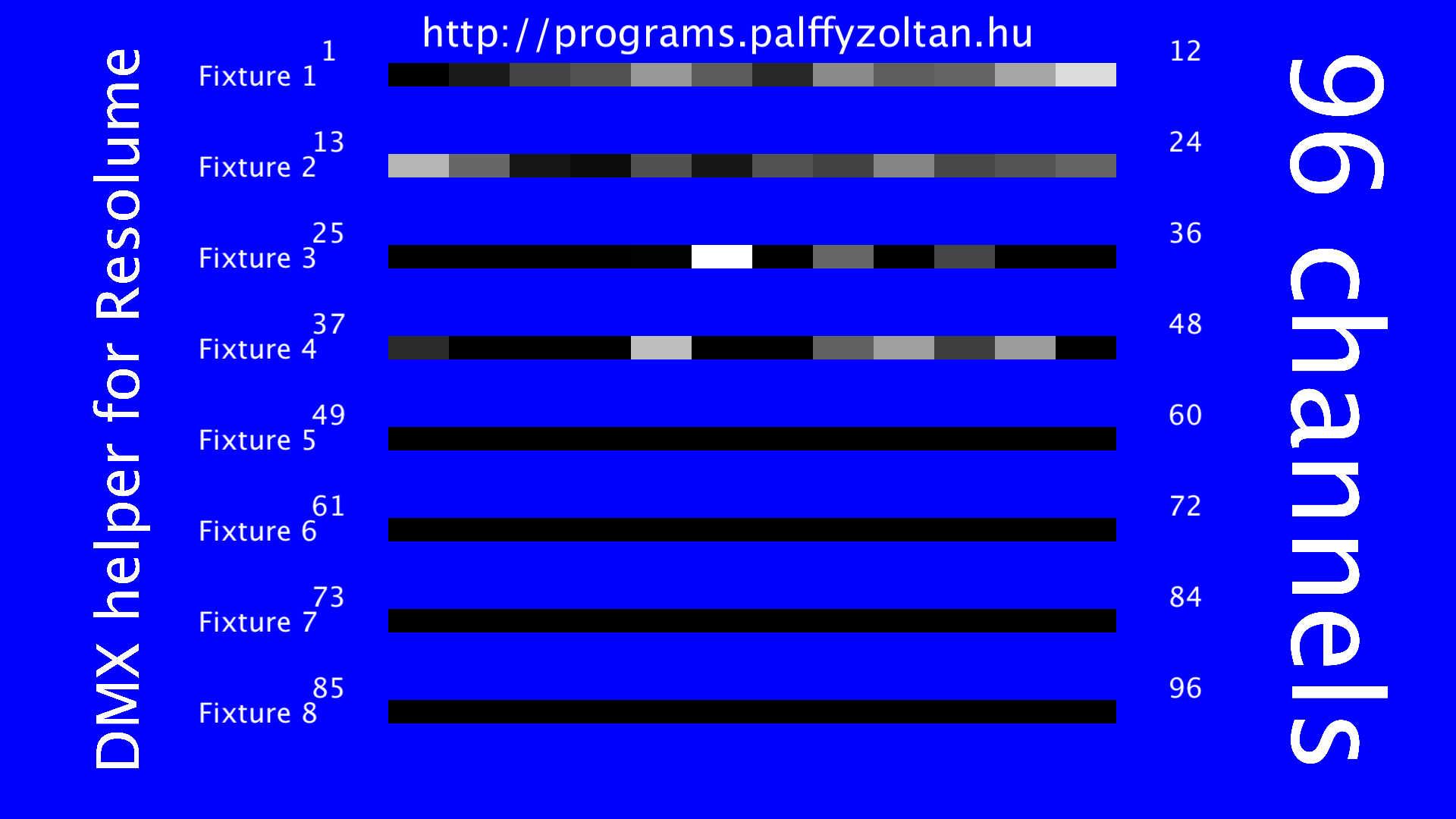
- #RESOLUME 5 HOW TO CHANGE TO VERTICAL PANEL LAYOUT PDF#
- #RESOLUME 5 HOW TO CHANGE TO VERTICAL PANEL LAYOUT CODE#
Top level layouts are not visible as separate objects in the Object Inspector. The container widget needs to be selected for this to succeed.

Similary, top level layouts are set on container widgets ( QGroupBox) or on pages of page-based container widgets ( QTabWidget, QToolBox and QStackedWidget), respectively. To apply a layout, you can select your choice of layout from the toolbar shown on the left, or from the context menu shown below. To check if you have set a top level layout, preview your widget and attempt to resize the window by dragging the size grip.

A top level layout is necessary to ensure that your widgets will resize correctly when its window is resized. The form's top level layout can be set by clearing the selection (click the left mouse button on the form itself) and applying a layout. To break a layout, press Ctrl+0 or choose Break Layout from the form's context menu, the Form menu or the main toolbar.

For an introduction to the Qt layout system, refer to Layout Management. For example, to achieve a typical dialog layout with a horizontal row of buttons, the dialog elements can be laid out using a vertical box layout with a horizontal box layout containing the buttons at the bottom. Layouts can be nested to form a hierarchy. Spacers can be added to the layout to influence the geometries of the widgets. Once widgets have been inserted into a layout, it is not possible to move and resize them individually because the layout itself controls the geometry of each widget within it, taking account of the hints provided by spacers. Placing objects in a layout also ensures that they will be resized correctly when the form is resized. This ensures that the objects will be displayed properly when the form is previewed or used in an application.
#RESOLUME 5 HOW TO CHANGE TO VERTICAL PANEL LAYOUT PDF#
Tip 3: Alt+2 (Windows) or Option+2 (MAC) will quickly move you between the Program’s secondary tabs.Īn pdf version is attached in case you want to a hard copy or share it.Before a form can be used, the objects on the form need to be placed into layouts. While not as flexible as a desktop application, SAS Studio does provide ways to see multiple tabs side-by-side.
#RESOLUME 5 HOW TO CHANGE TO VERTICAL PANEL LAYOUT CODE#
The Log tab is now displayed below the Code tab.

The main tabs can have standard, horizontal, or a vertical layout. A program’s secondary tabs have a few more layout options. You can rearrange both these tab types by dragging them to valid drop zones. Secondary tabs have the blue bar under the tab and are usually found within a program. Programs and data sets, for example, are opened in main tabs. The main tabs are those tabs that have the dark blue bar on the top. SAS Studio (3.x and 4.x) has two types of tabs.


 0 kommentar(er)
0 kommentar(er)
